Better Together: 3 Reasons a Combined Intercom and Access Control Solution Creates Stronger Security
Intercom technologies have a long history of solving communication problems in a wide number of applications, mostly relating to managing how and when properties are accessed. Intercoms have become ubiquitous in schools, hospitals, multi-tenant properties, commercial buildings and businesses of all sizes. Any property requiring access management likely includes intercoms in their security plan.
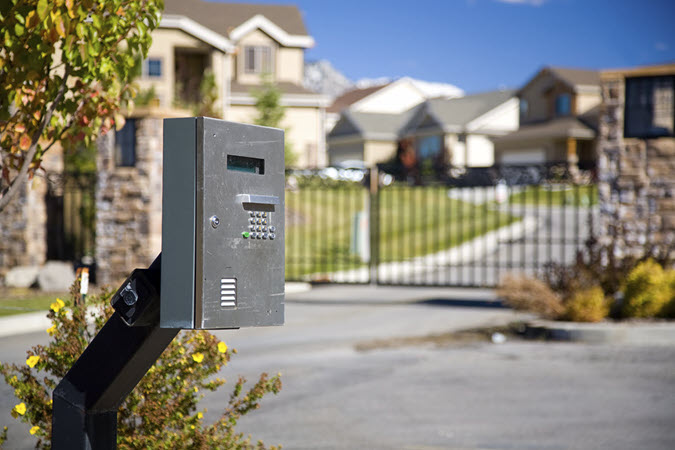 We are used to pushing a button, waving our hand over a control panel, or scanning an ID card to request access to a building or a room.
We are used to pushing a button, waving our hand over a control panel, or scanning an ID card to request access to a building or a room.Gaining entrance by showing an ID card or talking to someone on the other side of a door, gate or a window is a simple and common security practice.
As technology evolved, intercoms have kept pace with integrated video to see who is requesting access, and record interactions as needed. All this allows us to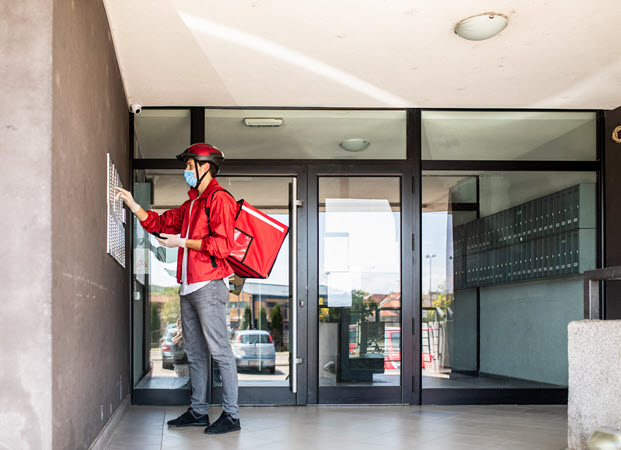 be better informed about whether or not access should be allowed.
be better informed about whether or not access should be allowed.
With the addition of mobile apps, visitor authentication can be done from anywhere. It’s now easy to grant or deny access to any area where you want to manage and monitor access such as a building lobby, gated entrance, hospital pharmacy or childcare facility.
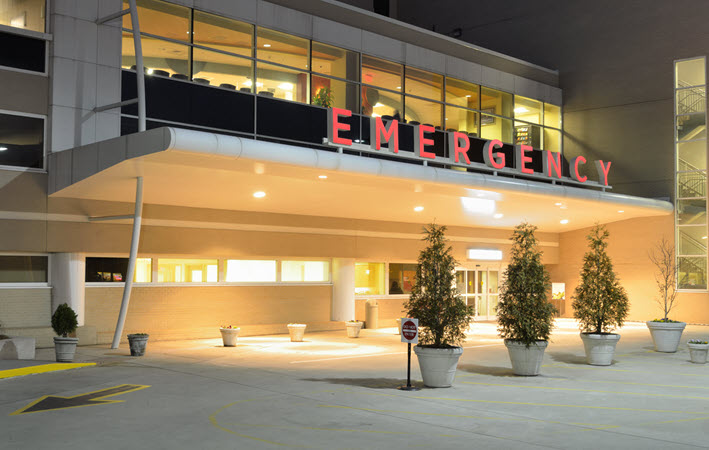 With ever-increasing pressure to secure more diverse properties – schools, medical centers, pharmacies, houses of worship – no single security solution can keep people and property safe from potential intruders or quickly adapt to changes in security policies.
With ever-increasing pressure to secure more diverse properties – schools, medical centers, pharmacies, houses of worship – no single security solution can keep people and property safe from potential intruders or quickly adapt to changes in security policies.This is where combining intercom technologies with an access control solution is the ideal pairing. Until recently, intercoms and access control solutions were thought of as separate systems each with their benefits as part of a secure property management solution. However, when these two solutions are integrated, they are much more powerful together than on their own.
Let’s take a look at why pairing these two technologies provides greater security and better monitoring.
Layered Solutions Offer Greater Security Beyond Initial AccessSecurity management does not end just because someone has been granted access to a property. Intercoms make it easy for onsite or remote staff to directly engage with anyone who wishes to gain access to a building or a gated area.
They are also great for enabling direct lines of communication from a main security office or a classroom such as sending a notification to people about an emergency.
Let’s consider adding an access control system to the mix. Beyond their core functionality of keeping unauthorized visitors out, an access control system offers a host of additional benefits that keep people safe and protect assets.
A common use for access control systems is to provide autonomous entrance control managed through permissions or rules defined by a security administrator. These pre-defined rules would allow (or deny) greater access to more controlled areas like a pharmacy’s drug storage room or a casino’s cash vault.
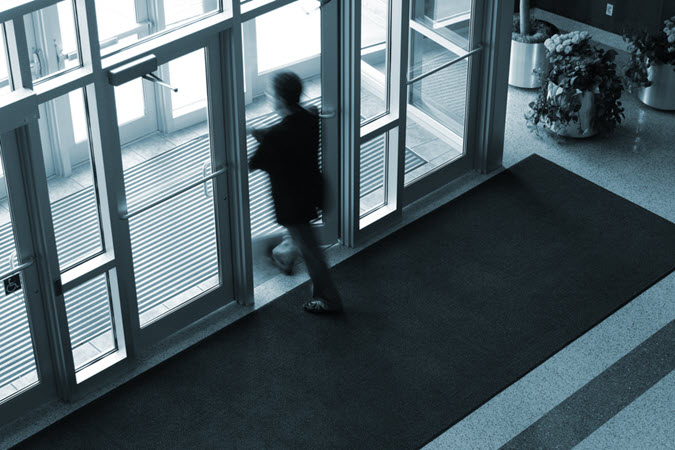 These access rules can be as simple as time-of-day limitations, allowing a small number of people to enter a storage area, or tracking entry and exit points to monitor where people are in the building.
These access rules can be as simple as time-of-day limitations, allowing a small number of people to enter a storage area, or tracking entry and exit points to monitor where people are in the building.All these interactions can be logged in case proof is needed for future security investigations, or to trigger real-time notifications to a security team if a violation has occurred.
Automated video recording can be triggered based on specific conditions, providing a record of each entrance and exit needed to comply with security procedures. Restricting video recording to key events saves on storage capacity and simplifies later security review by only storing significant violations.
Improved Monitoring and Response to Security AlertsReal-time activity monitoring within or around a building’s perimeter can be accomplished with a combined intercom and access control solution. The intercom supports the initial access request with two-way audio and video communication confirmed by front-desk staff or by a physical card reader to record and grant entry after unlocking the door.
Once entry is approved, the access control system can further track access requests throughout the building or property. The system can provide a greater granularity of control and site management through its tracking and notification system.
As part of a detailed security plan, custom scripts can be developed to react to a broad range of situations from changes to site access for recently hired (or dismissed) employees to alerting a multi-building campus about an evacuation drill. The integrated intercom and access control systems work together to ensure the appropriate exit points are unlocked and easy to find for those inside the building.
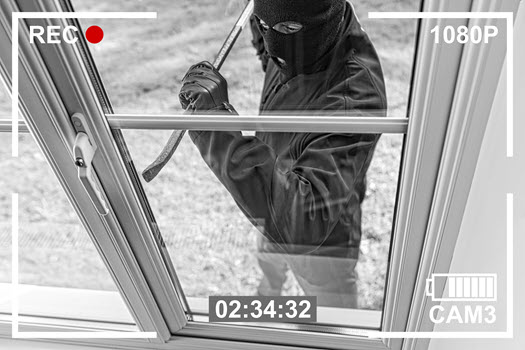 Let’s say that a person tries to gain access to a building by using a keypad attached to an intercom system. After several wrong attempts, security personnel can use the intercom’s two-way audio to communicate with that individual. In the case of an authorized employee who may have forgotten their entrance code, security staff can ask the person if assistance is needed.
Let’s say that a person tries to gain access to a building by using a keypad attached to an intercom system. After several wrong attempts, security personnel can use the intercom’s two-way audio to communicate with that individual. In the case of an authorized employee who may have forgotten their entrance code, security staff can ask the person if assistance is needed.Or, if it’s someone who is not permitted to enter the premises trying to gain access, security personnel can also directly speak with that individual via two-way audio to tell them they are not authorized to enter and to leave the property.
Detailed Access Logs Offer Actionable Insight Into Property UseThrough detailed access logs, property owners and security personnel can quickly see which rooms are occupied, or who has requested access to an area they are not allowed. More and more facilities are requiring users to swipe out when they exit. Each request is added to the access log providing valuable information. This data can be used to identify the need for an additional conference room because the current one is heavily used, how often employees use an office, or how much time an individual spends in a secure IT room.
Careful review of log entries can also be used to determine changes in how a property is used. Many properties take on a different purpose after hours by offering the space to community groups. Social clubs, athletic teams, adult education and more benefit greatly from having access to buildings during off hours. If a property owner wants to offer certain rooms to a group of volunteers for weekend activities, this can easily be accomplished through an integrated intercom and access control solution. 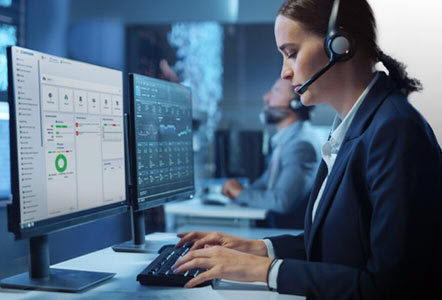
A separate set of building permissions can be built into the security system, allowing only one or two entrances to remain, plus a few inner rooms. After a few weeks, the property owner can review the captured videos and access logs to learn how the property was used and decide whether to extend its use to the larger community. This information can alleviate any concerns the owner might have in regard to public safety.
Intercoms and access control systems enhance user experience, improve security and enable security staff to effectively monitor facility entrances and the people requesting access. Together, they help property managers and security staff reduce the risk of security breaches and allow businesses to provide their services in a safe and secure environment.
__________________________________________________________________________________________________________________________________________
 By: Brad Kamcheff, Marketing Manager, Aiphone Corporation
By: Brad Kamcheff, Marketing Manager, Aiphone CorporationBrad has been with Aiphone for over 30 years. He uses innovative methods to promote and inform industry peers about our vast intercom portfolio, award-winning quality processes and unparalleled customer service teams. Long-time experience has helped shape his view of the security industry and become knowledgeable of its trends.
